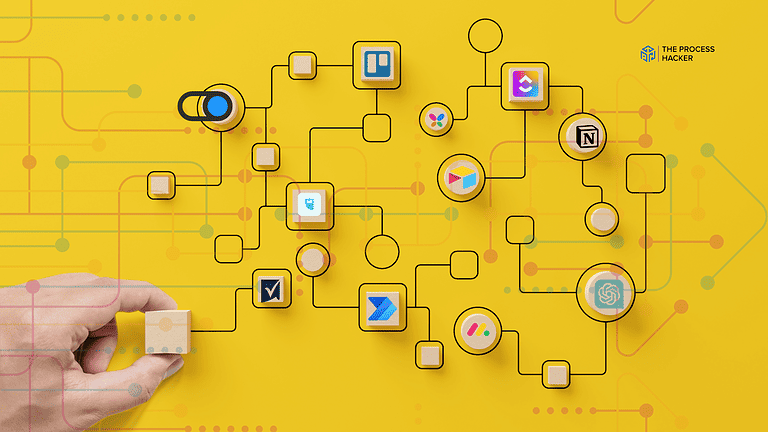Enhancing Compliance with Modern Verification Solutions
Staying compliant in today’s fast-moving digital world isn’t just a legal box to tick. It’s essential for protecting your business, customers, and reputation.
As regulations grow more complex and non-compliance costs rise, outdated verification methods simply can’t keep up. Modern verification solutions offer a smarter, faster, and more secure way to meet compliance demands while streamlining operations.
This article will explore how modern verification tools transform compliance processes and why adopting these technologies is critical for any forward-thinking organization.
Why Identity Verification Matters More Than Ever
Regulatory compliance continues to evolve, putting added pressure on your business to verify customer identities quickly and accurately. Relying on manual methods or outdated systems leaves too much room for error and delays. That’s where modern tools make a big difference.
Many companies now turn to KYC software to streamline onboarding, flag risks early, and more confidently meet compliance obligations.
Using automated verification tools helps reduce friction for new customers while protecting your business from fraud and regulatory issues. Instead of scrambling to meet compliance deadlines or react to audits, you can stay a step ahead. A strong identity verification system is essential for building trust and maintaining operational efficiency.
The Shift from Traditional to Modern Verification Methods
Traditional verification methods often involve manual processes that are time-consuming and prone to human error. As regulations evolve and the volume of transactions increases, these outdated methods can hinder your organization’s ability to remain compliant and efficient.
Modern verification solutions leverage advanced technologies such as artificial intelligence (AI) and machine learning to automate and enhance the accuracy of identity verification.
By adopting these innovative approaches, you can reduce operational costs, improve customer experience, and stay ahead of regulatory changes.
Leveraging AI and Machine Learning for Enhanced Accuracy
Artificial intelligence and machine learning algorithms can analyze vast amounts of data quickly and accurately, identifying patterns and anomalies that may indicate fraudulent activity.
Integrating AI-driven verification solutions helps enhance the precision of your compliance processes and detect potential risks more effectively.
These technologies also enable continuous learning and adaptation, allowing your verification systems to evolve alongside emerging threats and regulatory requirements. This dynamic approach ensures compliance measures remain robust and responsive in an ever-changing landscape.
The Role of Biometric Verification in Compliance
Biometric verification uses unique physical characteristics, such as fingerprints or facial recognition, to authenticate individuals.
Incorporating biometric data into your verification processes adds an extra layer of security, making it more difficult for fraudulent actors to impersonate legitimate customers.
Implementing biometric verification can streamline user authentication, reduce reliance on traditional passwords, and enhance the overall security of your systems. As biometric technologies become more accessible and reliable, they offer a valuable tool for strengthening your compliance framework.
Automating Compliance Processes to Reduce Human Error
Manual compliance processes are susceptible to errors and inconsistencies, which can lead to regulatory breaches and financial penalties.
Automating these processes through modern verification solutions minimizes human error risk and ensures compliance tasks are performed consistently and accurately.
Automation also frees up your compliance team to focus on strategic initiatives, improving overall productivity and allowing for a more proactive approach to risk management.
Reducing the manual workload allows you to allocate resources more effectively and enhance your organization’s compliance posture.
Real-Time Monitoring and Reporting for Proactive Compliance
Real-time monitoring and reporting capabilities enable you to detect and address compliance issues as they arise rather than reacting after the fact. Modern verification solutions provide continuous oversight of transactions and user activities, allowing for immediate identification of suspicious behavior.
By implementing real-time monitoring, you can respond swiftly to potential threats, mitigate risks, and demonstrate to regulators that your organization maintains vigilant and proactive compliance practices. This approach protects your business and enhances your reputation in the industry.
Ensuring Data Privacy and Security in Verification Processes
As you collect and process sensitive customer information, it’s crucial to prioritize data privacy and security.
Modern business verification solutions are designed with robust encryption and data protection measures to safeguard personal data against breaches and unauthorized access.
By adopting verification systems that comply with data protection regulations, such as the General Data Protection Regulation (GDPR), you can build customer trust and avoid legal repercussions associated with data mishandling. Ensuring the confidentiality and integrity of customer data is a cornerstone of effective compliance.
Choosing the Right Verification Solution for Your Organization
Selecting a verification solution that aligns with your organization’s specific needs and regulatory obligations is critical. Consider factors such as the nature of your business, the regions in which you operate, and the level of risk associated with your industry.
Evaluate potential solutions based on their scalability, ease of integration, and the comprehensiveness of their features. By conducting thorough due diligence and selecting a solution that fits your unique requirements, you can enhance your compliance efforts and position your organization for long-term success.
Focusing on these key areas and implementing modern verification solutions can strengthen your organization’s compliance framework, mitigate risks, and build trust with your customers and regulatory bodies.







